Focus peaking completely changed the way I use my Nikon camera, here’s how
Want to be more accurate when focusing manually? Focus peaking might be the answer. Here’s everything you need to know…
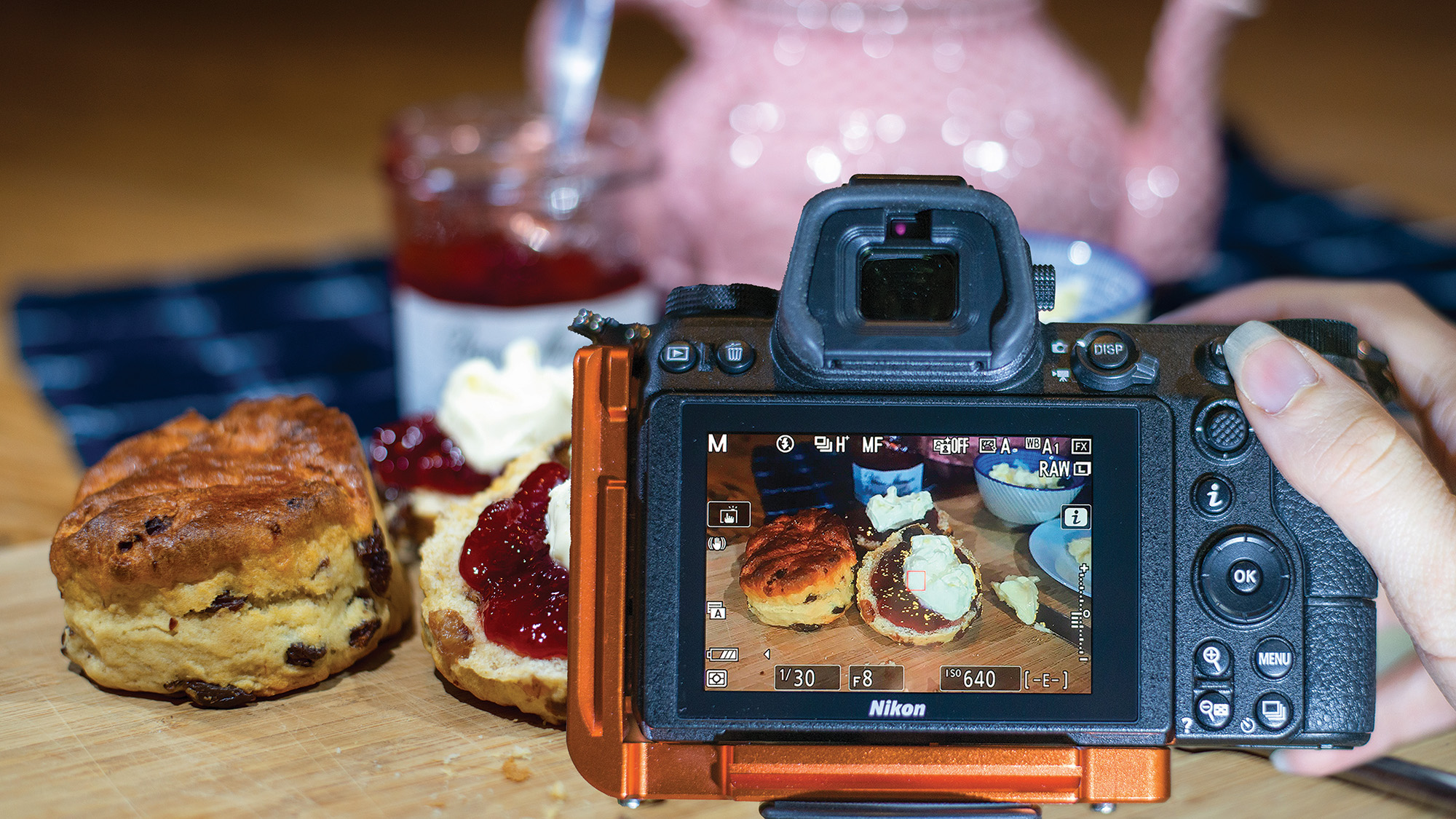
Focus peaking is designed to boost your accuracy when focusing manually. This visual aid is viewed via an electronic viewfinder or rear LCD screen and indicates areas of focus via a flat-coloured overlay. As the user twists the focus ring, the overlay shifts its position in real-time. Both the intensity and color of the overlay can be customized to suit a variety of shooting situations.
Digital Camera World's list of the best Nikon cameras all have focus peaking, and for that matter, every Z-Series camera has focus peaking, including the Nikon Z50 II. But you'll also find focus peaking on the Nikon D850, Nikon D780 and Nikon D6.
Focus peaking was once the preserve of videographers. This makes sense because it’s difficult to assess how accurately you’re focusing when shooting lengthy pieces of footage, especially if you’re not using a field monitor and have to make do with a tiny rear screen.
Today, plenty of savvy photographers are recognizing the benefits of focus peaking for stills. It’s useful for pretty much any manual focus situation, but it excels when used for techniques that require a precise point of focus, like macro photography and focus stacking.
Focus peaking isn’t switched on by default, so I delved into a Nikon Z6 II and my Nikon Z8's menu systems to show you how to turn it on and make the most of its customizable features. And don't worry if you're using a different Z-Series camera. While the menus can vary slightly, the broad strokes remain the same.
You'll also find a quick guide to setting up focus peaking on the Nikon D850 at the bottom of this article.
Soft, manually focused images stop right here!
1. Head into the Custom Settings Menu
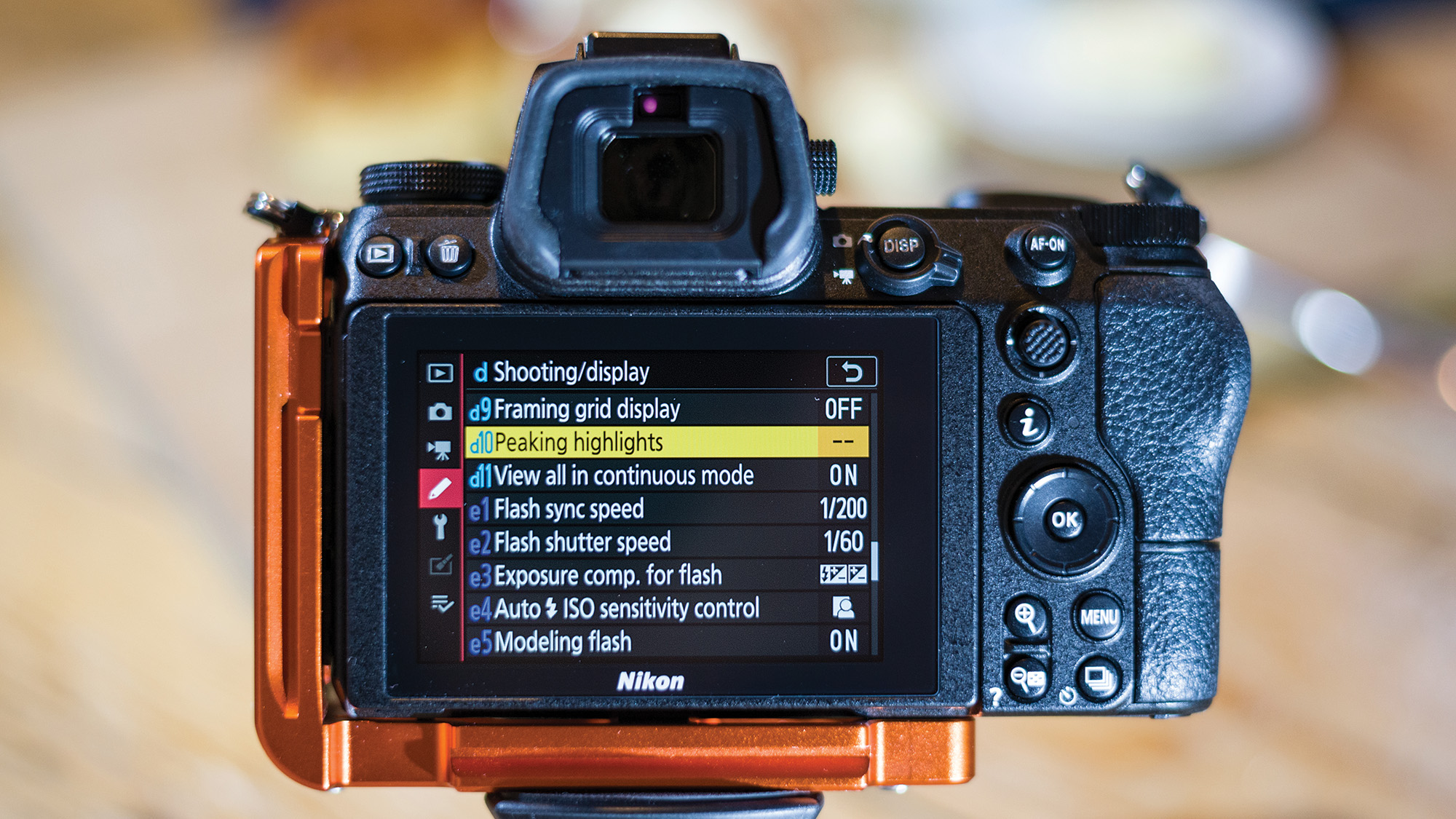
Press the Menu button and use the D-pad to navigate to the tabs on the left of the screen. Select the pencil icon to enter the Custom Settings Menu and hit OK when you reach Shooting/Display. Then select d10 Peaking Highlights.
On my Nikon Z8, this differs slightly, you select Focus in the Custom Settings Menu and then navigate to a13 Focus Peaking.
2. The Peaking Highlights and Focus Peaking menus
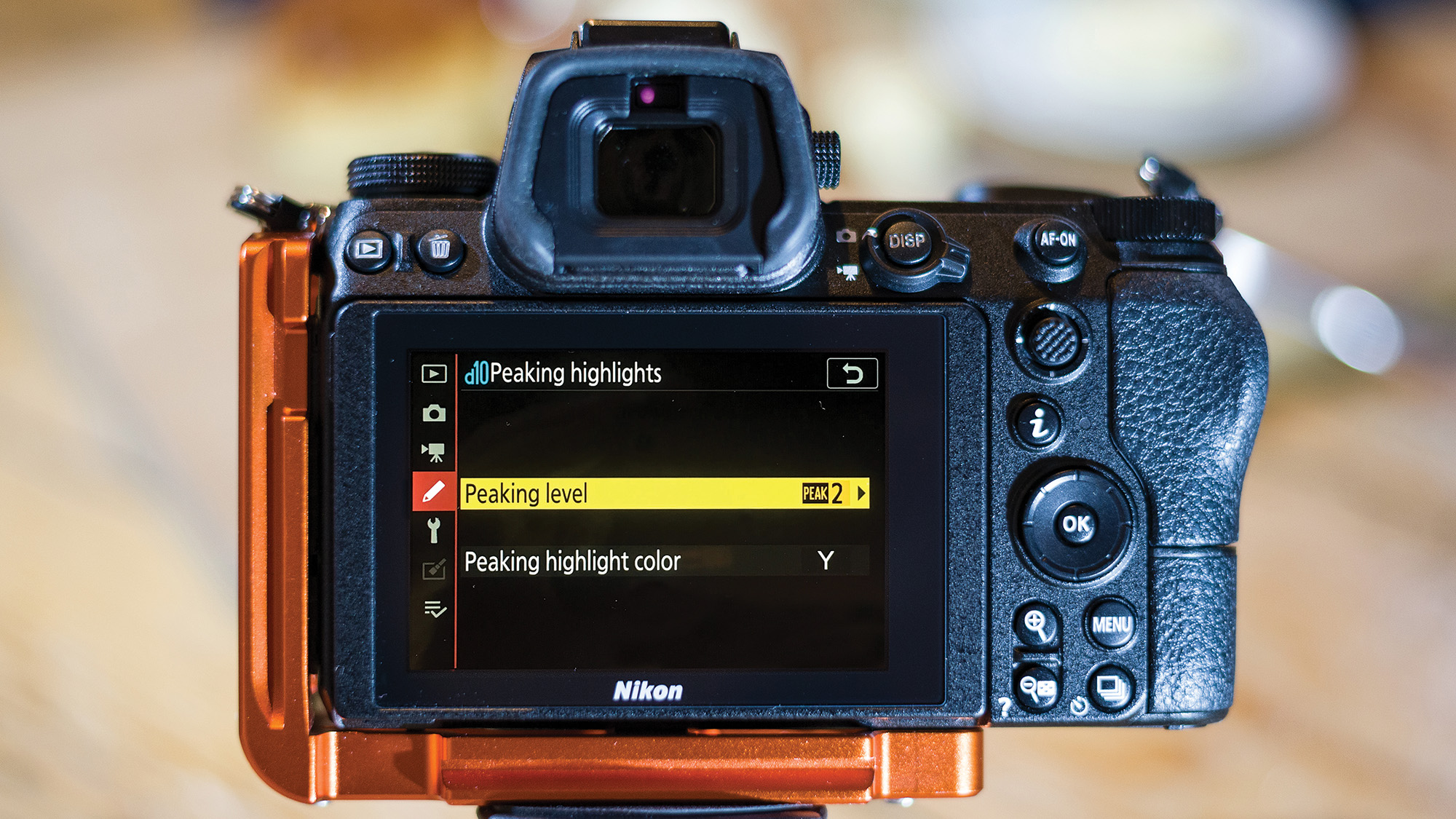
The Peaking Highlights menu on the Z6 II features two options: Peaking Level and Peaking Highlight Color. The former allows you to set the intensity of the focus peaking overlay, from 'Off' to '3(high sensitivity)'. The latter allows you to customize the focus peaking overlay's color.
On the Nikon Z8, you have three options: Focus Peaking Display, Focus Peaking Sensitivity and Focus Peaking Highlight Color. The latter two options are essentially the same as the Z6 II's Peaking Level and Peaking Highlight Color, respectively.
The difference is that Focus Peaking Display is used purely to toggle focus peaking on or off. So, while increasing the focus peaking sensitivity on the Z6 II automatically turns the function on, you can keep your focus peaking set to your preferred sensitivity on the Z8 and toggle the function on or off independently.
3. Turn focus peaking on
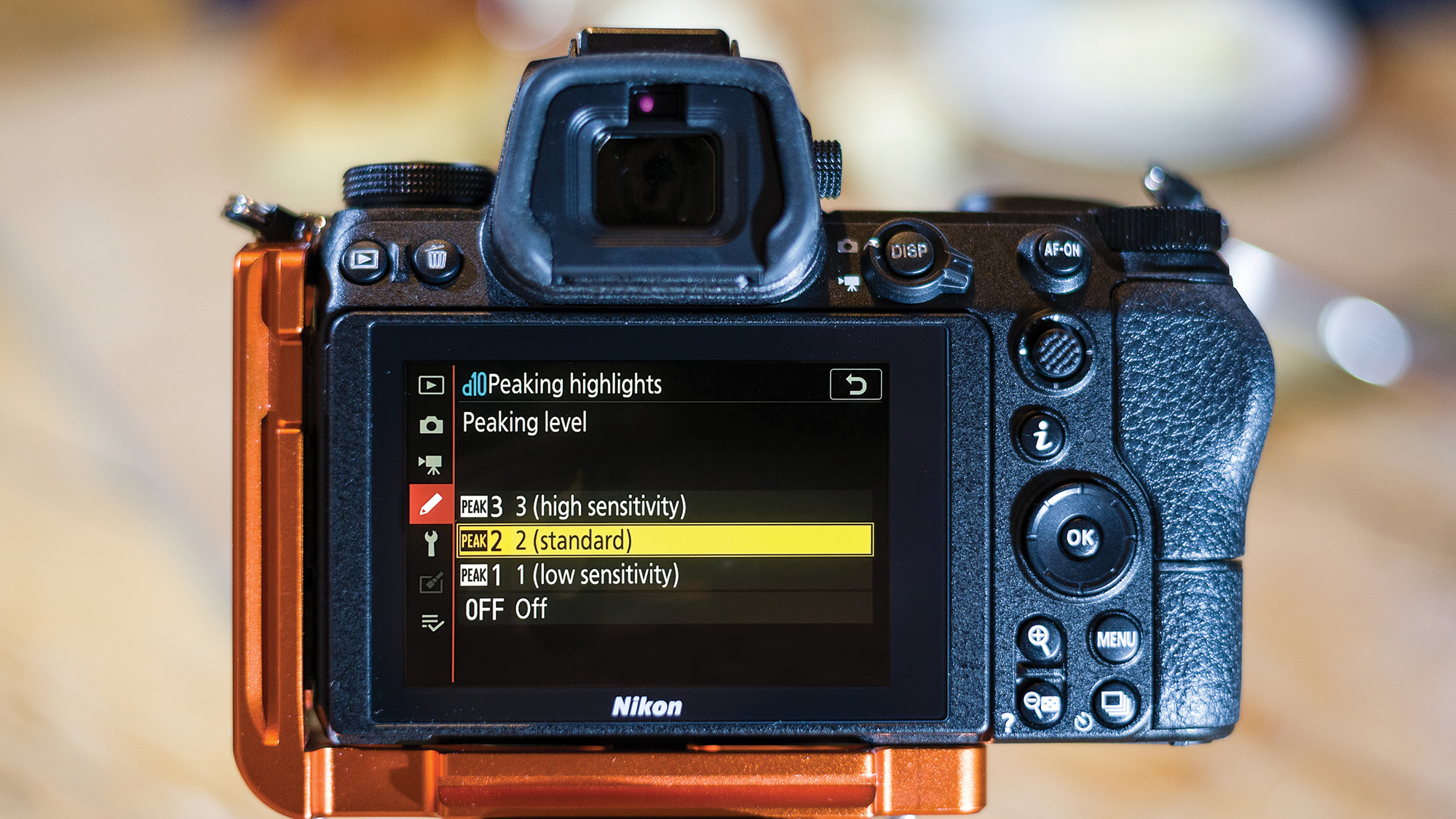
Both the Z6 II and Z8 have three focus-peaking sensitivity levels. The higher the level, the greater the focus depth. Level one (Low Sensitivity) has greater accuracy but poorer visibility and level three (High Sensitivity) has better visibility but won’t be as accurate. What you choose will depend on how accurate your focus needs to be and whether or not you’re struggling to see the overlay.
4. Change the focus peaking overlay's color
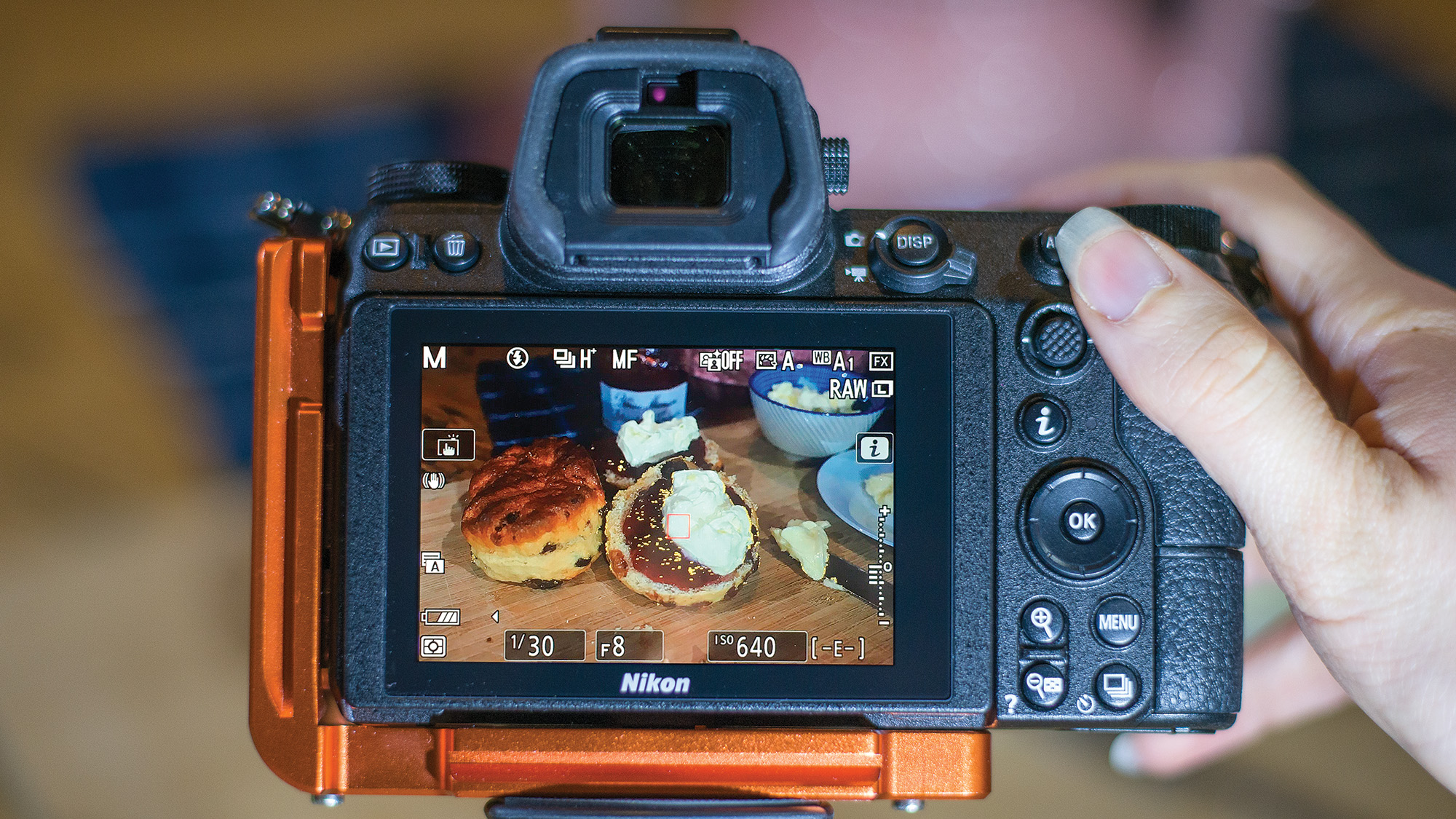
The ability to change the color of your overlay may seem irrelevant, but it’s a handy feature. You can choose from red, yellow, blue and white on both the Z6 II and Z8. We’d recommend changing the color to suit the subject. If you’re shooting a close-up of a red flower, for example, the red overlay will be much more difficult to see than white or yellow.
5. Switch to manual focus
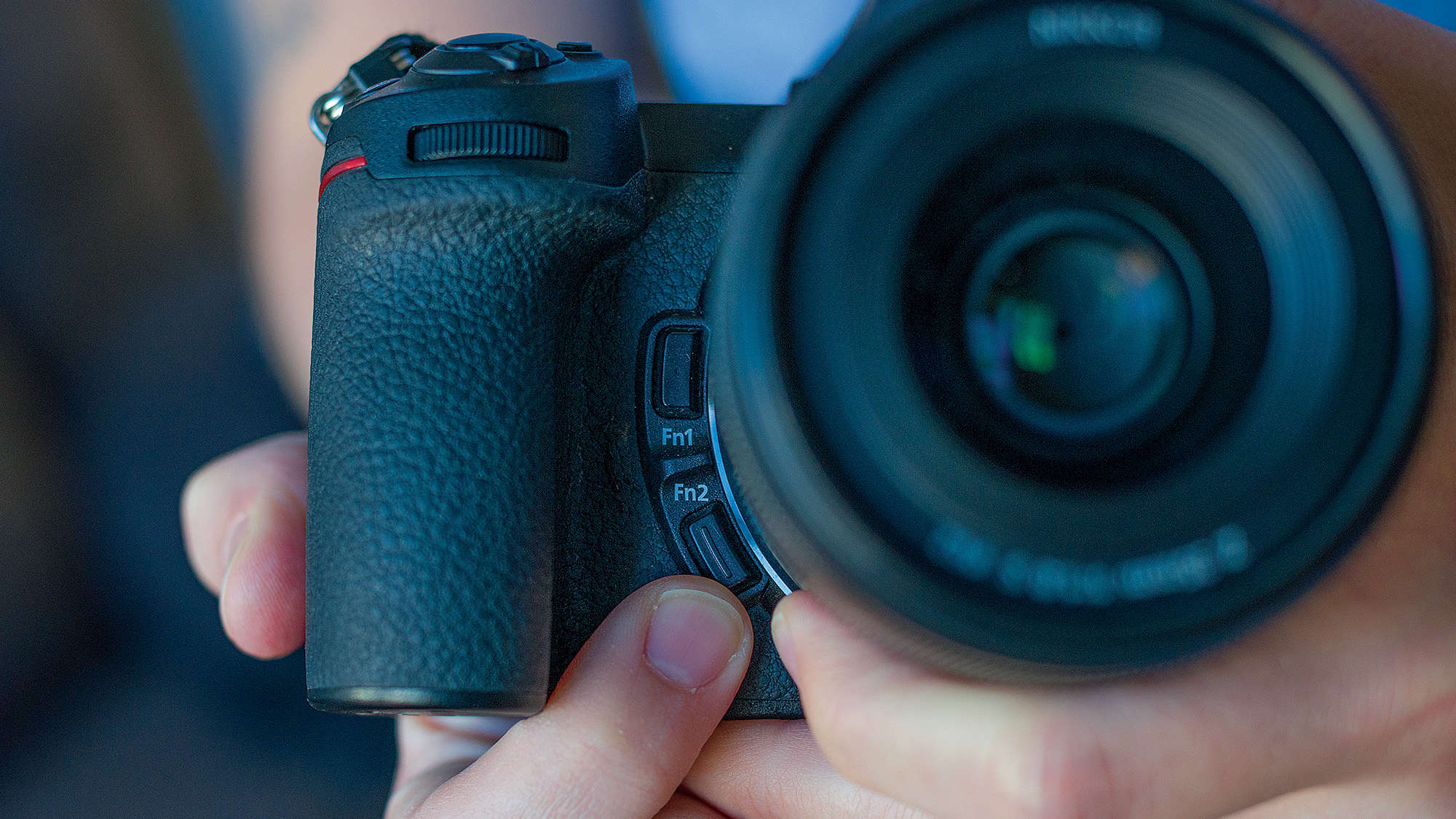
Once you’ve turned focus peaking on in the Peaking Level menu, it’ll automatically turn on once you switch to manual focus. D850 users can only observe the overlay on the rear LCD in Live View mode, but the effect is also visible through a Z-Series camera's EVF.
6. Focus peaking when shooting video
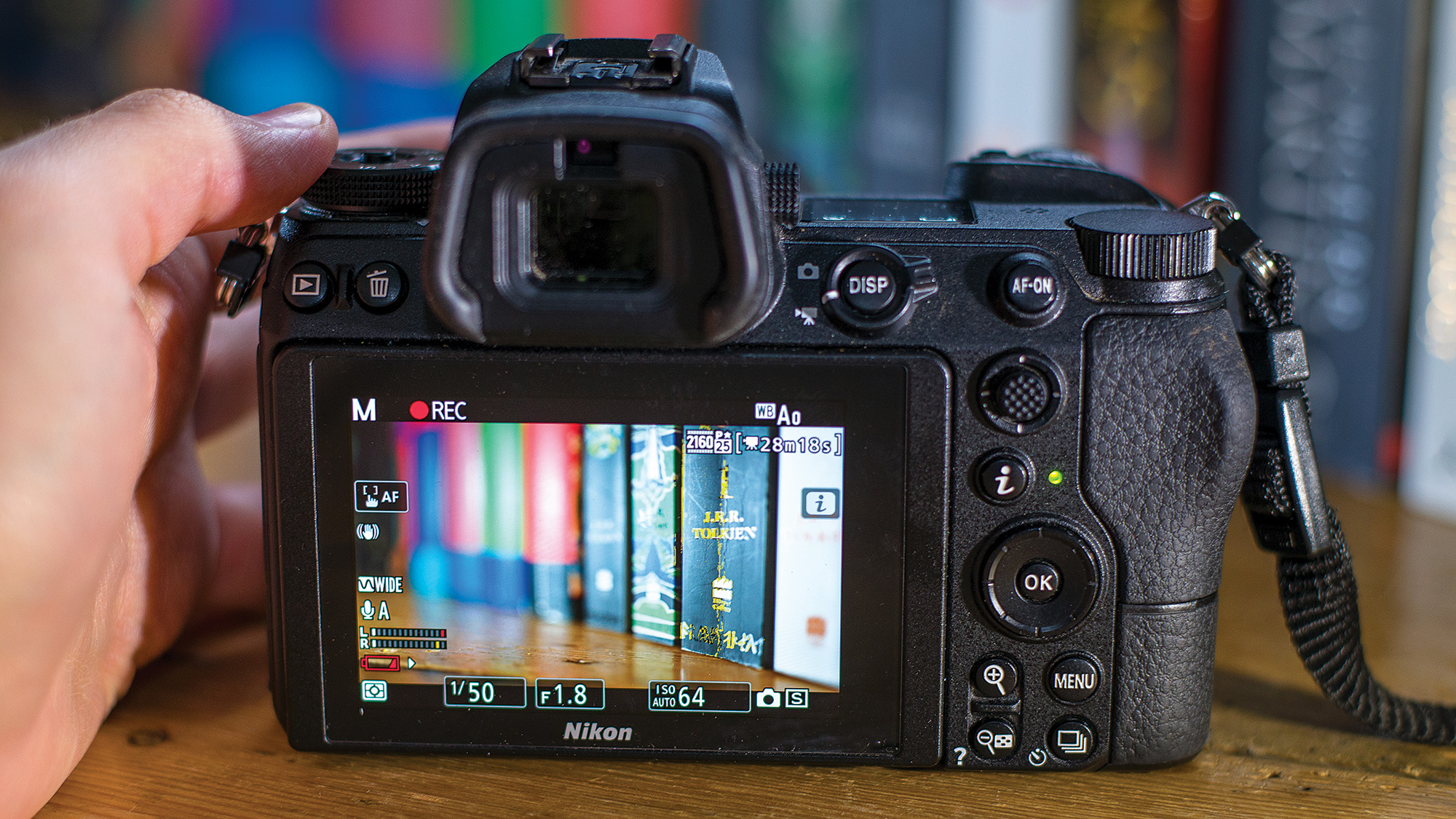
While photographers often have the time to check if an image is in focus via Playback. Videographers shoot hours of footage and don’t always have this luxury. As such, focus peaking is invaluable for video as you can keep tabs on your focus on the fly. Z-Series cameras can use focus peaking while shooting 4K video, while on the D850 it’s limited to Full HD and below.
Quick Tip: Focus peaking on the Nikon D850
The Nikon D850 is the greatest Nikon DSLR of all, and arguably the best DSLR ever made (and still available to buy new today). You can access focus peaking by setting your lens and camera to manual focus, turning Live View on and pressing the ‘i’ button. Scroll down the menu until you reach the Peak Off icon and select your preferred peaking level. The colour settings are found in the Custom Setting Menu, via Peaking Highlight Color.
Interested in manual focus? You might be interested in the best macro lenses or the best ringflash for macro.
Get the Digital Camera World Newsletter
The best camera deals, reviews, product advice, and unmissable photography news, direct to your inbox!

Mike is Digital Camera World's How To Editor. He has over a decade of experience, writing for some of the biggest specialist publications including Digital Camera, Digital Photographer and PhotoPlus: The Canon Magazine. Prior to DCW, Mike was Deputy Editor of N-Photo: The Nikon Magazine and Production Editor at Wex Photo Video, where he sharpened his skills in both the stills and videography spheres. While he's an avid motorsport photographer, his skills extend to every genre of photography – making him one of Digital Camera World's top tutors for techniques on cameras, lenses, tripods, filters and other imaging equipment – as well as sharing his expertise on shooting everything from portraits and landscapes to abstracts and architecture to wildlife and, yes, fast things going around race tracks...
